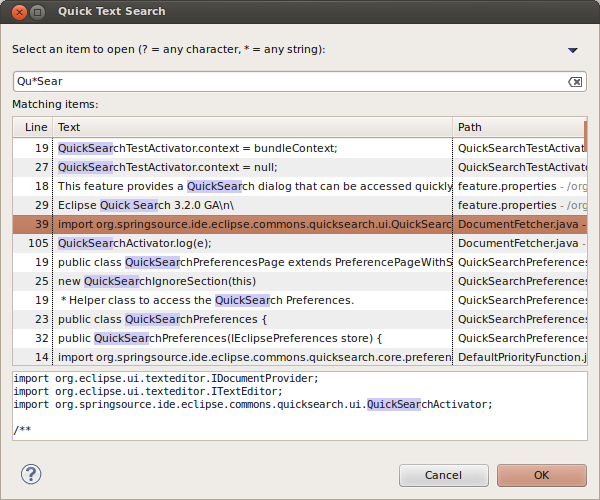This Week in Spring - July 15, 2013
Welcome back to another installation of This Week in Spring. We've got a lot to cover, as usual, so let's get right to it! This week I'm at SenchaCon, talking to developers about building RESTful applications and clients, and then I'm off to OSCON next week, where I'll be hosting the Spring BOF, giving a talk on the latest and greatest in Spring 4, and helping to man the Pivotal booth. If you're at SenchaCon or OSCON, don't hesitate to ping me and we can talk Spring, Cloud Foundry, big-data, and more!
- SpringOne 2GX 2013 early bird expires soon, register now to secure the discounted rate!
- Spring Data ninja Thomas Risberg has announced that Spring For Apache Hadoop 1.0.1.RC1 has been released. The new release supports Hadoop 2.0 and Pivotal HD, among other things.
- Tool Suite ninja and lead Martin Lippert has announced that Spring Tool Suite And Groovy/Grails Tool Suite 3.3.0 have been released. Very nice!
- Gary Russell has announced that Spring AMQP 1.2.0 has been released. Check out the What's New for details.
- Join Mattias Severson & Johan Haleby and learn about Functional Programming without Lambdas on July 18, 2013
- Join Hemant Joshi as he introduces how to use Spring and the Cucumber BDD testing framework in a webinar on July 30th, 2013.
- Our friends at Skills Matter are throwing a Spring-centric conference (the Spring Exchange) in London on November 14 and November 15. There are some killer speakers, and I highly encourage you to make it, if you can.
- Are you using Spring Social in the wild? We want to hear about it!
- Spring Security lead and ninja Rob Winch has put together a very nice post on readability when using Spring Security Java configuration.
- A new "Quick Search" is included in Spring ToolSuite (STS) 3.3.0 and Groovy Grails Tool Suite (GGTS) 3.3.0 which have just been released. Kris De Volder, a senior developer on the Spring and Groovy and Grails Tool Suites, has just put together a nice post on this new feature.
- Our friend Johnathan Mark Smith is at it again! This time, he's written a post, How to use Fongo and nosql unit to test Spring Data project with MongoDB, JUnit, Log4J. Check it out!
- Wow! Amir Kibbar, at the HP Software Developer's blog, has put together a really comprehensive look at how to develop a service tier, build a web tier, and then test both. The first post on setting up a service tier, the second is an example of refining the service tier and testing it, the third post introduces how to setup a REST endpoint, and the fourth post talks about testing the REST service. Definitely worth a read (and a bookmark!) It's possible to do everything demonstrated in these posts using straight Java configuration, also
- Igor Artamonov has a nice, abbreviated post on how to build a RESTful endpoint with Spring.
- Our friend at the Baeldung blog has put together a very nice post on how to use digest authentication with Spring Security.


